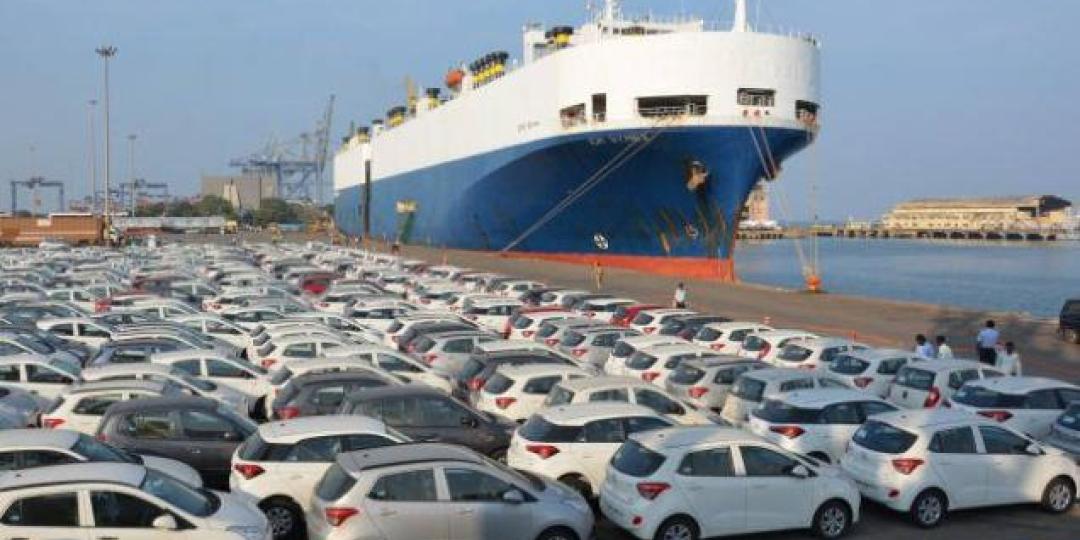South Africa’s vehicle export sales are rising in double digits but remain below pre-Covid-19 levels.
This is according to Naamsa/The Automotive Business Council’s latest data, highlighted in the Bureau for Economic Research’s Weekly Review on Monday.
Naamsa data showed that domestic vehicle sales rose by 16.2% year on year (in December, up by 13.9% from 2021.
“Sales of passenger vehicles rose by a bigger 19.3% as the lifting of lockdown restrictions and the resumption of international tourism meant that the rental car industry boosted sales. As such, domestic sales of passenger vehicles in 2022 exceeded the pre-Covid-19 level in 2019, while sales of heavy trucks and buses were 13% higher than the 2019 level. The downside of the latter is that this was in part because of the inefficiencies of the rail system that necessitated road freight alternatives,” the BER said.
Sales of light commercial bakkies and minibuses were up, but still 11.4% below the pre-Covid-19 level in 2022.
“The flooding at the Durban Toyota factory in the first half of 2022 dragged on the sales of light commercial vehicles. In all, domestic vehicle sales were just 1.4% below the pre-Covid level,” the Bureau said.
Export sales rose by 17.9% in 2022 but remain 9.2% below the 2019 level.
According to Stats SA, manufacturing production declined by 1.1% y-o-y in November 2022. Overall production was dragged down by the output of food and beverages which decreased by 2.5%. Wood and paper production dropped -4.5%, while petroleum and plastic dipped 2.5%.
Conversely, transport production rose by 13.4% y-o-y.
“Seasonally adjusted manufacturing production increased by 2.0% month-on-month, not enough to offset a 6.2% slump in October. Unless we see an unlikely, substantial monthly increase in December, manufacturing output will subtract from 2022Q4 real GDP,” the BER said.
Another Stats SA data release showed that electricity production had decreased by 1.7% y-o-y in November. On a monthly basis, production was up by 1.8% in November, following an increase of 2.1% the previous month.
“The monthly increases in October and November were unable to recoup the large decline in September, implying that electricity output could also detract from Q4 real GDP,” the BER noted.













